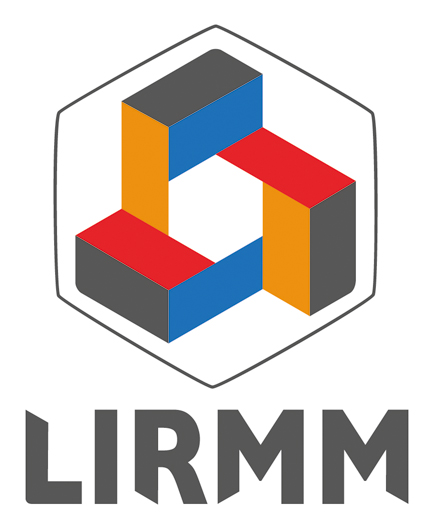Computer-Assisted and Robot-Assisted Technologies to Improve Bone-Cutting Accuracy When Integrated with a Freehand Process Using an Oscillating Saw
Résumé
Background:
In orthopaedic surgery, many interventions involve freehand bone cutting with an oscillating saw. Such freehand procedures can produce large cutting errors due to the complex hand-controlled positioning of the surgical tool. This study was performed to investigate the potential improvements in cutting accuracy when computer-assisted and robot-assisted technologies are applied to a freehand bone-cutting process when no jigs are available.
Methods:
We designed an experiment based on a geometrical model of the cutting process with use of a simulated bone of rectangular geometry. The target planes were defined by three variables: a cut height (t) and two orientation angles (β and γ). A series of 156 cuts were performed by six operators employing three technologically different procedures: freehand, navigated freehand, and robot-assisted cutting. After cutting, we measured the error in the height t, the absolute error in the angles β and γ, the flatness, and the location of the cut plane with respect to the target plane.
Results:
The location of the cut plane averaged 2.8 mm after use of the navigated freehand process compared with 5.2 mm after use of the freehand process (p < 0.0001). Further improvements were obtained with use of the robot-assisted process, which provided an average location of 1.7 mm (p < 0.0001).
Conclusions:
Significant improvements in cutting accuracy can be achieved when a navigation system or an industrial robot is integrated into a freehand bone-cutting process when no jigs are available. The procedure for navigated hand-controlled positioning of the oscillating saw appears to be easy to learn and use.
Clinical Relevance:
These findings support a recommendation for further study to determine if the improvements in cutting accuracy observed in vitro are possible in vivo.
